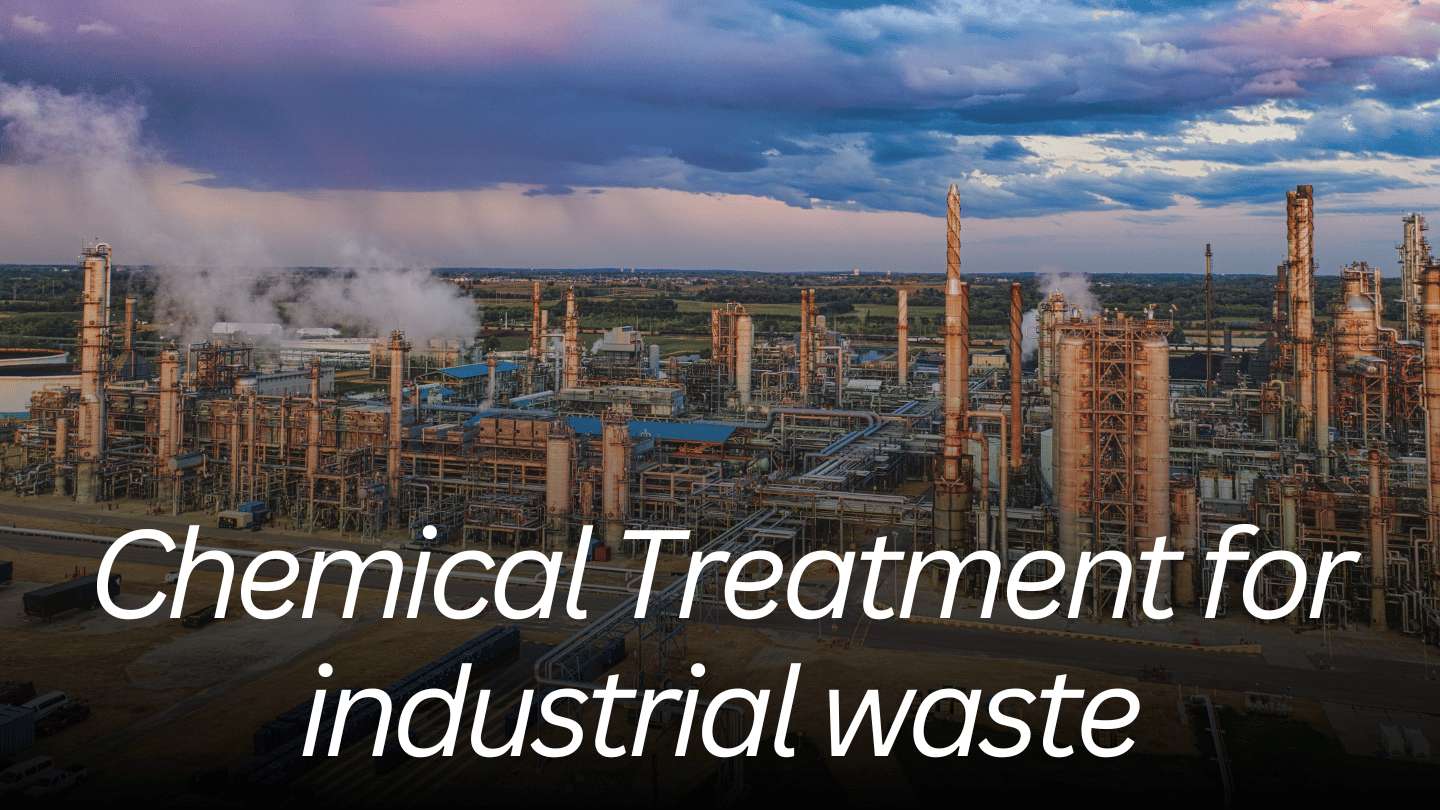Industrial Waste Water Treatment-- Comprehensive Systems for Wastewater Disposal
Industrial Waste Water Treatment-- Comprehensive Systems for Wastewater Disposal
Blog Article
Developments and Advances in Industrial Waste Water Therapy Technologies
The landscape of industrial wastewater treatment is undergoing a transformative shift, driven by developments that improve both effectiveness and sustainability. As regulatory requirements evolve, the combination of AI and equipment learning right into wastewater management systems promises to improve procedures and make certain conformity.
Review of Drainage Therapy Technologies
Wastewater treatment innovations incorporate a variety of methods made to get rid of impurities from commercial effluents prior to their release into the setting. These modern technologies are vital for preserving ecological equilibrium and making sure compliance with ecological laws. The main categories of wastewater therapy include physical, chemical, and biological approaches, each offering distinct objectives based on the nature of the contaminants existing.

Organic treatment methods utilize bacteria to weaken organic matter, making them specifically reliable for organic-rich effluents. Techniques like activated sludge and biofilm reactors harness the natural deterioration capacities of microorganisms, bring about significant reductions in biochemical oxygen demand (BOD)
Advanced Filtering Methods
Advanced filtering strategies stand for a critical evolution in the realm of industrial wastewater therapy, boosting the efficiency of contaminant removal processes. Industrial Waste Water Treatment. These approaches incorporate a series of modern technologies, consisting of microfiltration, ultrafiltration, nanofiltration, and turn around osmosis, which give consecutive obstacles for different bit dimensions and chemical structures
Microfiltration and ultrafiltration use membrane systems to eliminate suspended solids, bacteria, and larger organic particles, improving the quality of effluent prior to further therapy. Nanofiltration bridges the space between ultrafiltration and reverse osmosis, properly getting rid of organic substances and divalent ions, thus minimizing the tons on downstream processes.
Reverse osmosis offers the highest degree of purification by allowing just water and little molecules to pass through its semi-permeable membrane layers, making it excellent for recovering premium water from industrial effluents. Current improvements in membrane modern technology, including the development of even more long lasting and fouling-resistant products, have significantly boosted operational performance and decreased costs.
Integrating these advanced filtration techniques not just improves the overall therapy procedure however additionally adds to sustainability initiatives by allowing water reuse and source recuperation in commercial settings. (Industrial Waste Water Treatment)
Organic Treatment Advancements

Moreover, the development of crafted biological systems, such as membrane bioreactors (MBRs), incorporates biological therapy with sophisticated membrane layer filtering. This integration permits for higher effluent top quality and decreased footprint, making it appropriate for space-constrained industrial centers. Innovations in genetically crafted microorganisms have actually also arised, enhancing the biodegradation of details contaminants, such as drugs and heavy steels, that are traditionally testing to remove.
Furthermore, the implementation of bioaugmentation methods, where advantageous germs are introduced to improve the existing organic treatment procedures, has shown promising lead to improving treatment efficiency. These developments collectively symbolize a fad in the direction of more reliable and sustainable organic treatment methods that can adjust Read More Here to the developing intricacies of commercial wastewater streams. As industries remain to focus on ecological conformity, these biological innovations will play an essential role in wastewater administration.

Resource Recuperation Techniques
In commercial setups, the integration of source healing approaches has actually become significantly crucial for enhancing sustainability and decreasing waste. These methods concentrate on drawing out beneficial materials and power from wastewater streams, consequently transforming prospective pollutants right into reusable sources.
One prominent technique is nutrient recuperation, where nitrogen and phosphorus, frequently existing in excess in wastewater, are caught and exchanged plant foods. This not only minimizes ecological impacts yet also supplies a round economic climate remedy for agricultural applications. Furthermore, modern technologies such as anaerobic digestion permit the conversion of natural waste into biogas, like this a renewable resource resource that can counter nonrenewable fuel source usage in commercial procedures.
Additionally, progressed purification and membrane technologies assist in the recuperation of commercial by-products such as salts and steels. These recuperated materials can be reintegrated right into manufacturing processes, decreasing the requirement for virgin sources.
Future Fads in Drainage Management
As industries progressively prioritize sustainability, the future of wastewater administration is readied to go through substantial makeovers. Technological developments, such as synthetic intelligence and maker discovering, will certainly make it possible for extra reliable surveillance and monitoring of wastewater systems. These modern technologies can forecast maintenance demands, maximize therapy procedures, and improve decision-making, eventually decreasing operational prices and ecological impact.
Furthermore, the integration of circular economic situation concepts will play an essential role in wastewater administration. Industries are anticipated to change in the direction of systems that not just treat wastewater but additionally recoup useful resources, such as nutrients, water, and energy. This change will certainly lessen waste and promote the reuse of materials, straightening with worldwide sustainability goals.
Emerging therapy methods, such as membrane bioreactors and progressed oxidation processes, will better improve the effectiveness of wastewater treatment, permitting better effluents ideal for reuse. Furthermore, regulatory structures are likely to evolve, stressing stricter criteria for wastewater discharge and motivating industries to take on innovative therapy options.
Conclusion
In final thought, the development of commercial wastewater treatment modern technologies shows a significant shift towards boosted effectiveness and sustainability (Industrial Waste Water Treatment). Developments in reference innovative purification techniques, biological treatments, and source recuperation approaches highlight the sector's dedication to environmental stewardship.
The landscape of industrial wastewater treatment is undergoing a transformative shift, driven by developments that improve both effectiveness and sustainability.Wastewater therapy modern technologies encompass a range of methods designed to remove contaminants from industrial effluents before their release into the environment.Harnessing the power of biological procedures has actually led to substantial technologies in the treatment of commercial wastewater.Furthermore, the execution of bioaugmentation methods, where beneficial microbes are introduced to boost the existing organic therapy processes, has actually shown encouraging results in enhancing therapy performance. These innovations collectively indicate a fad in the direction of even more effective and lasting organic therapy methods that can adjust to the evolving complexities of commercial wastewater streams.
Report this page